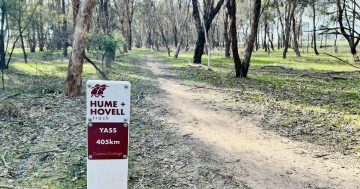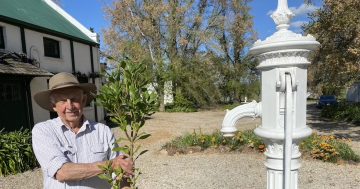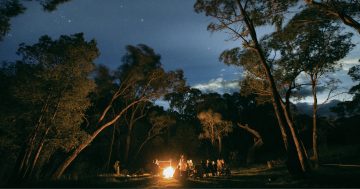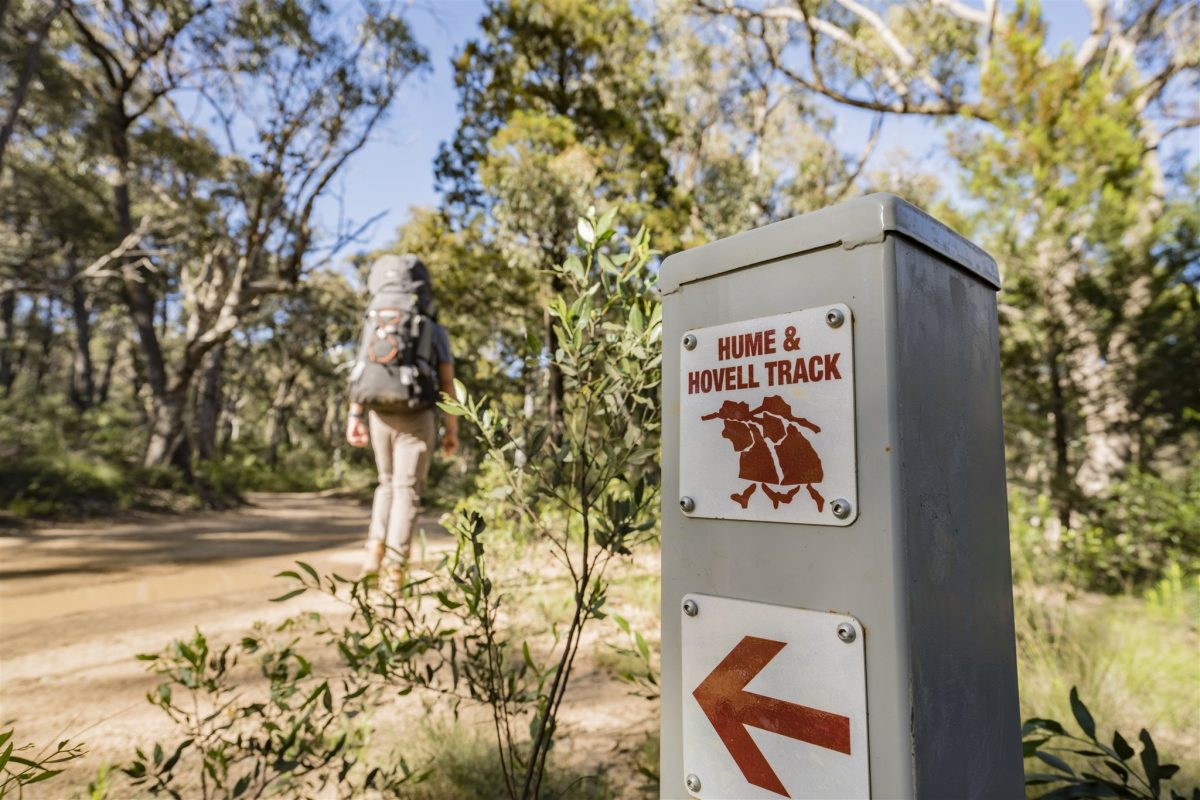
The strategic plan, to best ensure a viable future for the Hume and Hovell track, and its stakeholders, has just been completed. Photo: Matt Beaver.
The future of the Hume and Hovell track has been mapped out as the nation moves to mark the 200th anniversary of the expedition by European explorers.
One of the most popular walks in NSW, the track covers 426 km of scenic landscapes from Yass to Albury including grasslands, woodlands, forests, alpine, wetlands and farms. It covers the route taken by the explorers in 1824, trekking across southeastern NSW from Lake Burrinjuck to Tumut, down to Tumbarumba, Mannus Lake and Lake Hume before reaching Albury.
The NSW Government announced this week that its $337,900, 10-year strategic plan to upgrade the track had been completed – the first in the history of the track.
It was designed to make the track better for bushwalkers, campers, families and visitors with input from the Snowy Valleys Council with consultant SMA Tourism in partnership with Crown Lands and Destination Riverina Murray.
Additional consultation was held with community members, local councils, Aboriginal organisations, and agencies including the National Parks and Wildlife Service and NSW Forestry Corporation.
Opportunities identified in the plan include:
- Developing new walks to interpret the pioneering spirit of Hume and Hovell’s historic expedition, Aboriginal stories, and support Aboriginal visitor economy operators to share histories and culture through tours
- Improve track campsites with better facilities
- Upgrade access roads and signage
- Encourage more facilities for walkers, including guided tours.
The Minister for Jobs and Tourism, John Graham, said demand was growing for nature-based tourism experiences in NSW.
“In the year ending September 2023, there were 15.5 million nature-based overnight visitors to NSW, up 17.6 per cent on the previous year,” he said.
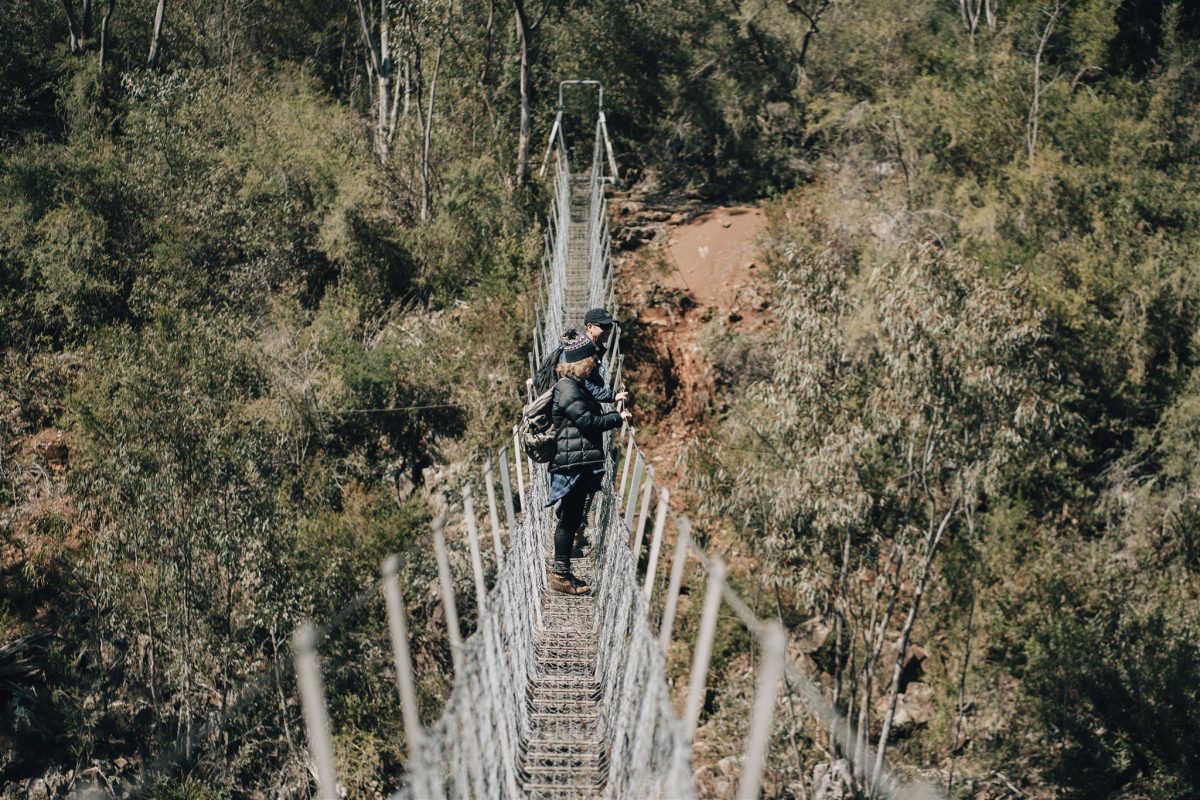
The swinging Jack Cribb bridge on the Hume and Hovell track was built by the Australian Army Reserve in 1998 – cutting 4 km of walking track. Photo: Matt Beaver.
He described the Hume and Hovell track as a “great asset” for southern NSW, adding it was “uniquely positioned to offer a diversity of land, water and wildlife experiences to this growing number of visitors”.
Snowy Valleys Council Mayor Ian Chaffey said the strategic plan laid a positive path for the track with the 200-year anniversary of the Hume and Hovell expedition this year.
“The track passes through lands of the Ngunnawal, Wiradjuri, Ngarigo and Wolgalu peoples so we want the bicentenary to acknowledge the combined Indigenous and settler history of this area,” he said.
The next step will be to form a Track Coordination Group to focus on the plan’s implementation, comprising land managers from Crown Lands, National Parks and Wildlife Service and Forestry Corporation of NSW as well as Destination NSW, local councils and Aboriginal organisations.
The final plan for the track is on the Hume and Hovell website.








